A modern villa hides in Soulac-sur-Mer's peaceful pine forests
A minimalist wooden villa in the French west coast is inspired by Modernist houses and Brazilian architecture, explains its architect, Paris based Nicolas Dahan
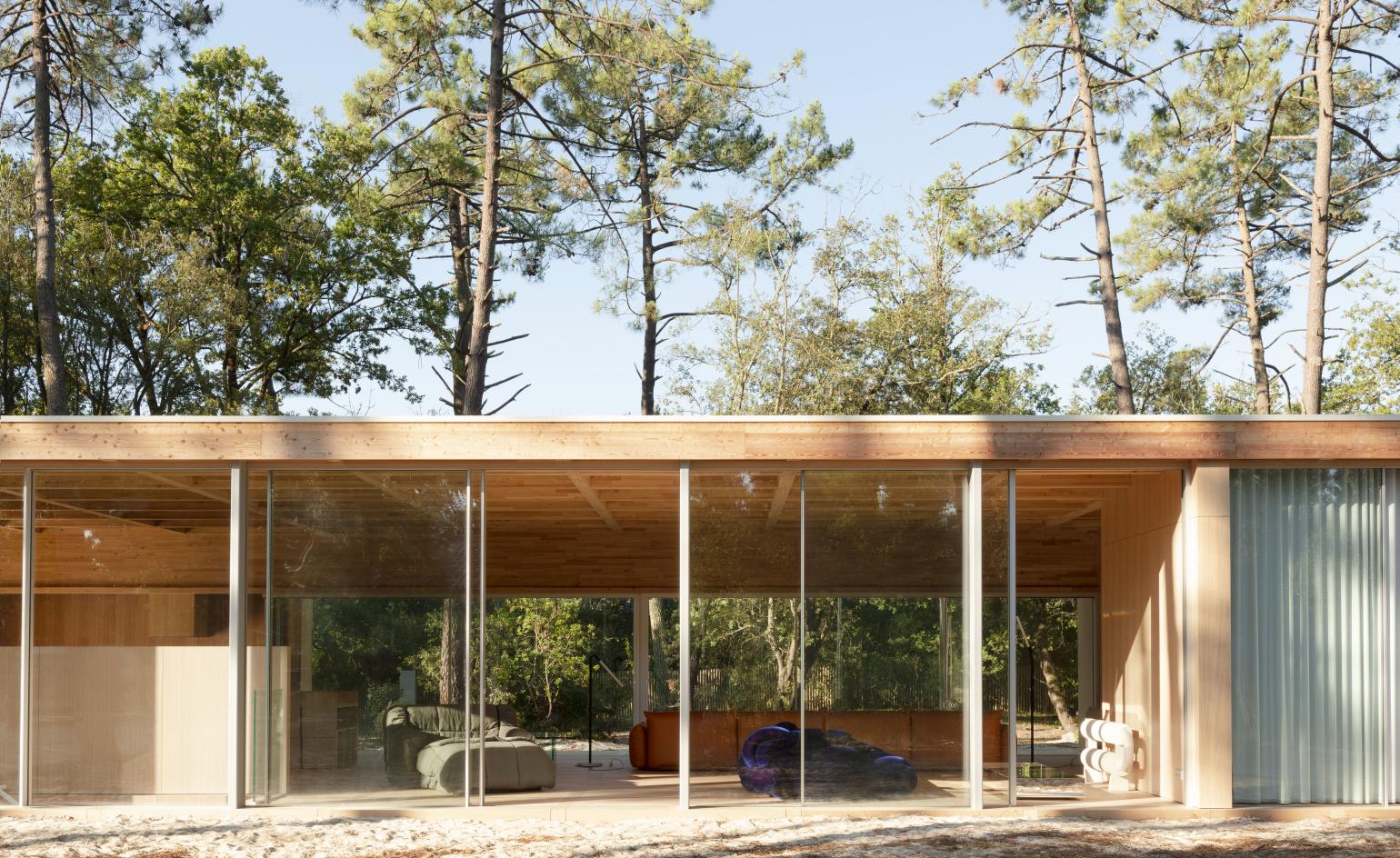
Vincent Leroux - Photography
Nestled within a pine forest in Soulac-sur-Mer, not far from Bordeaux in the west of France, sits this elegant timber home. Designed by Paris based architect Nicolas Dahan, the house is a 250 sq m family retreat, created as a ‘space to live and move within the pine forest', explains Dahan.
With that in mind, the architect set out to compose a space that is in constant dialogue with its natural surroundings. Large openings and floor-to-ceiling glass expanses allow for wide views out towards the trees, merging seamlessly indoors and outdoors when windows are open and the living room transforms into a covered terrace.
The structure was built using advanced timber engineering techniques to allow for purity in the material's use and a unified design approach everywhere, from ceilings to floors and from main living spaces to smaller rooms.
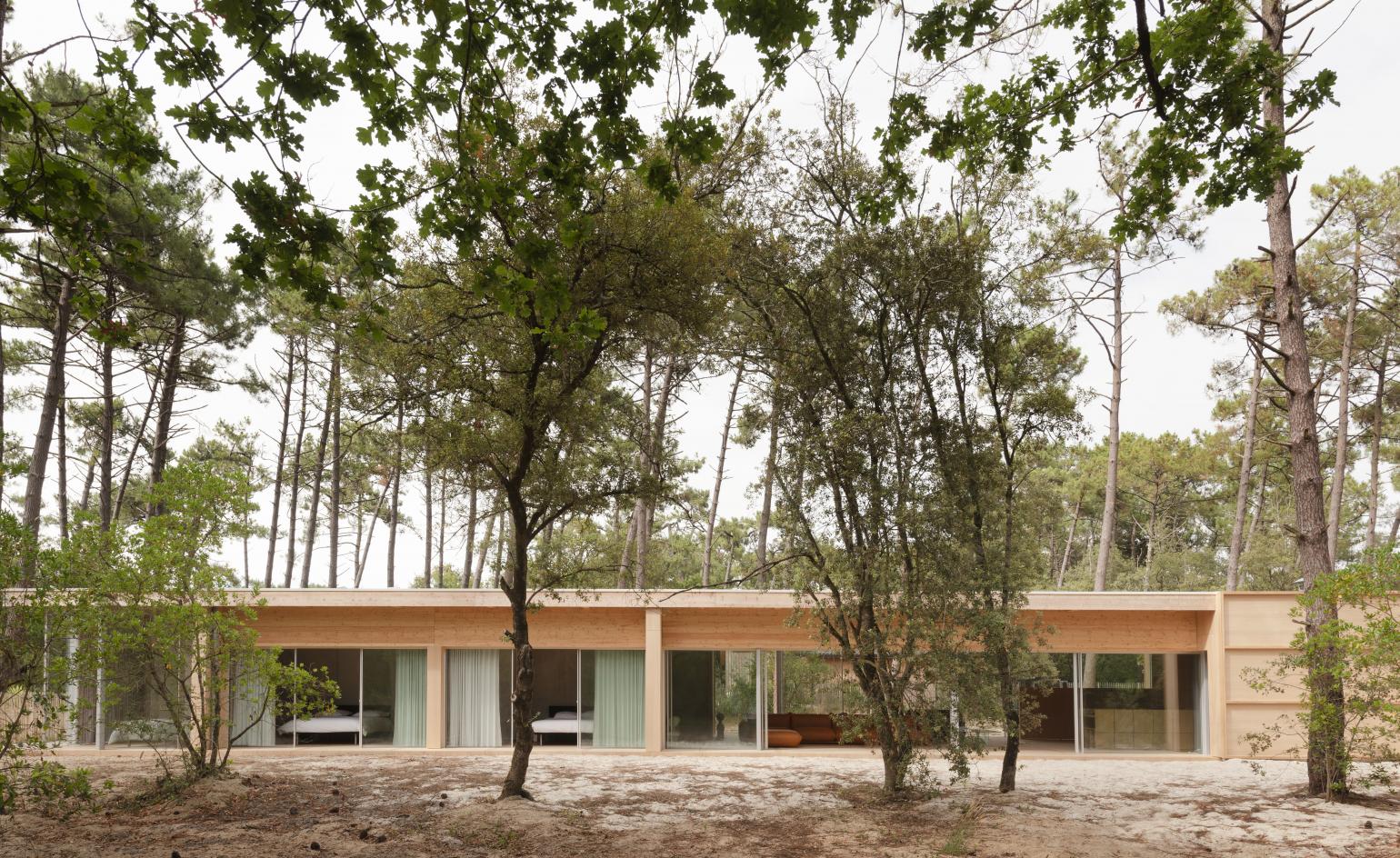
Working with nature did not just include the pine and oak trees immediately surrounding the house. ‘The ocean, though not visible, is so close that the sound of the surf rhythms the day. Nature runs through the bedrooms and the living room. The house is built where the air flows,' says Dahan.
Okoume wood flooring and larch ceiling beams line the interior, two distinct features that are highlighted especially in the large, open plan living space that occupies about half of the house's footprint. Five bedrooms and three bedrooms are placed in the volume's other end, tucked away behind smooth wood panels.
‘The main inspiration for the space stems from the single-story American villa, and the floor and the ceiling require engineering skills developed by John Lautner’s vision for open architecture,' says the architect, who also credits the use of light found in Brazilian villas as another key influence in his design.
Soulac-sur-Mer villa, France
Nestled within a pine forest in Soulac-sur-Mer, not far from Bordeaux in the west of France, sits this elegant timber structure. Designed by Paris based architect Nicolas Dahan, the retreat is a 250 sq m family bolthole, created as a ‘space to live and move within the pine forest’, explains Dahan. With that in mind, the architect set out to compose a space that is in constant dialogue with its natural surroundings. Large openings and floor-to-ceiling glass expanses allow for wide views out towards the trees, merging seamlessly indoors and outdoors when windows are open and the living room transforms into a covered terrace. The ocean is so close, you can hear the waves.
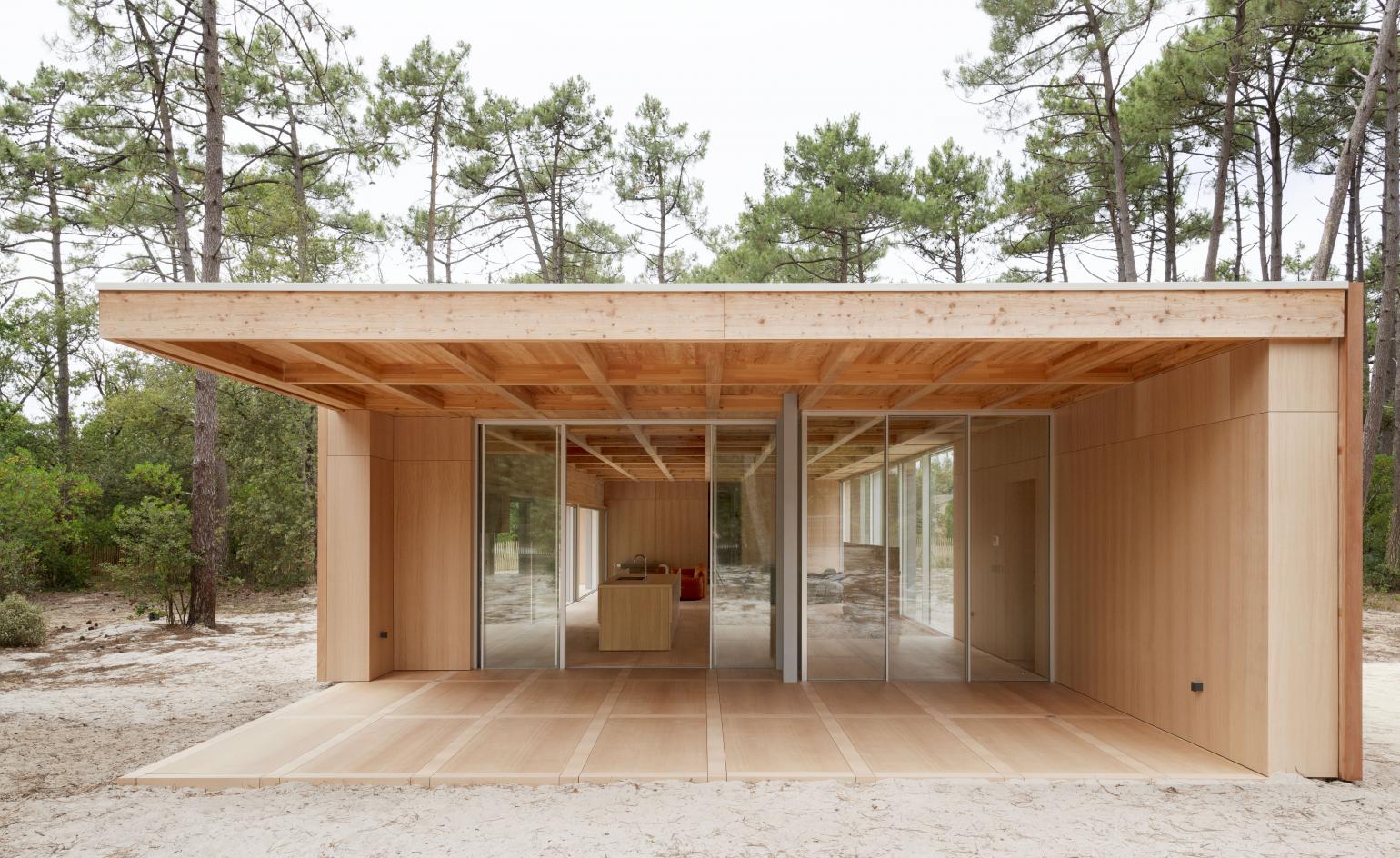
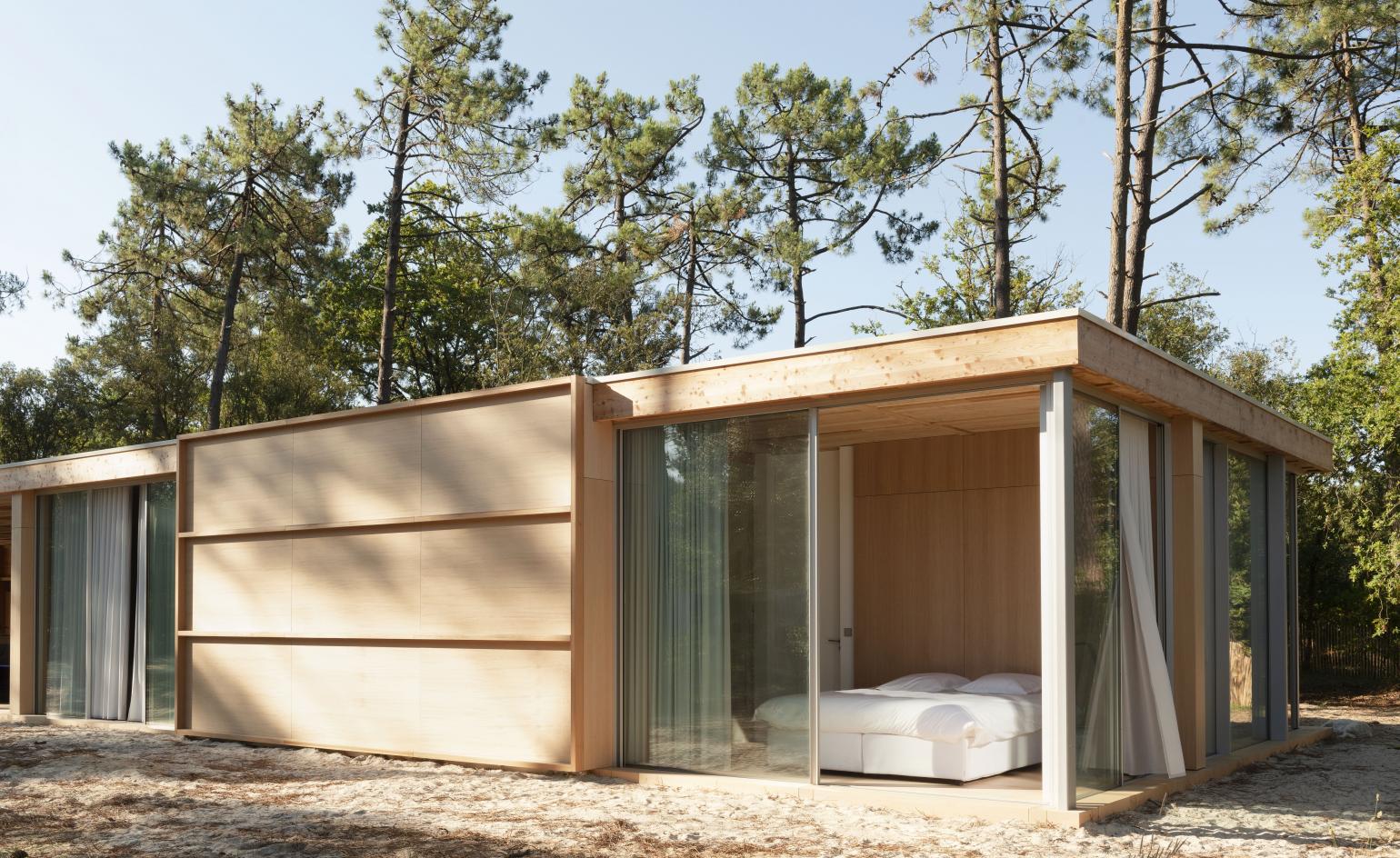
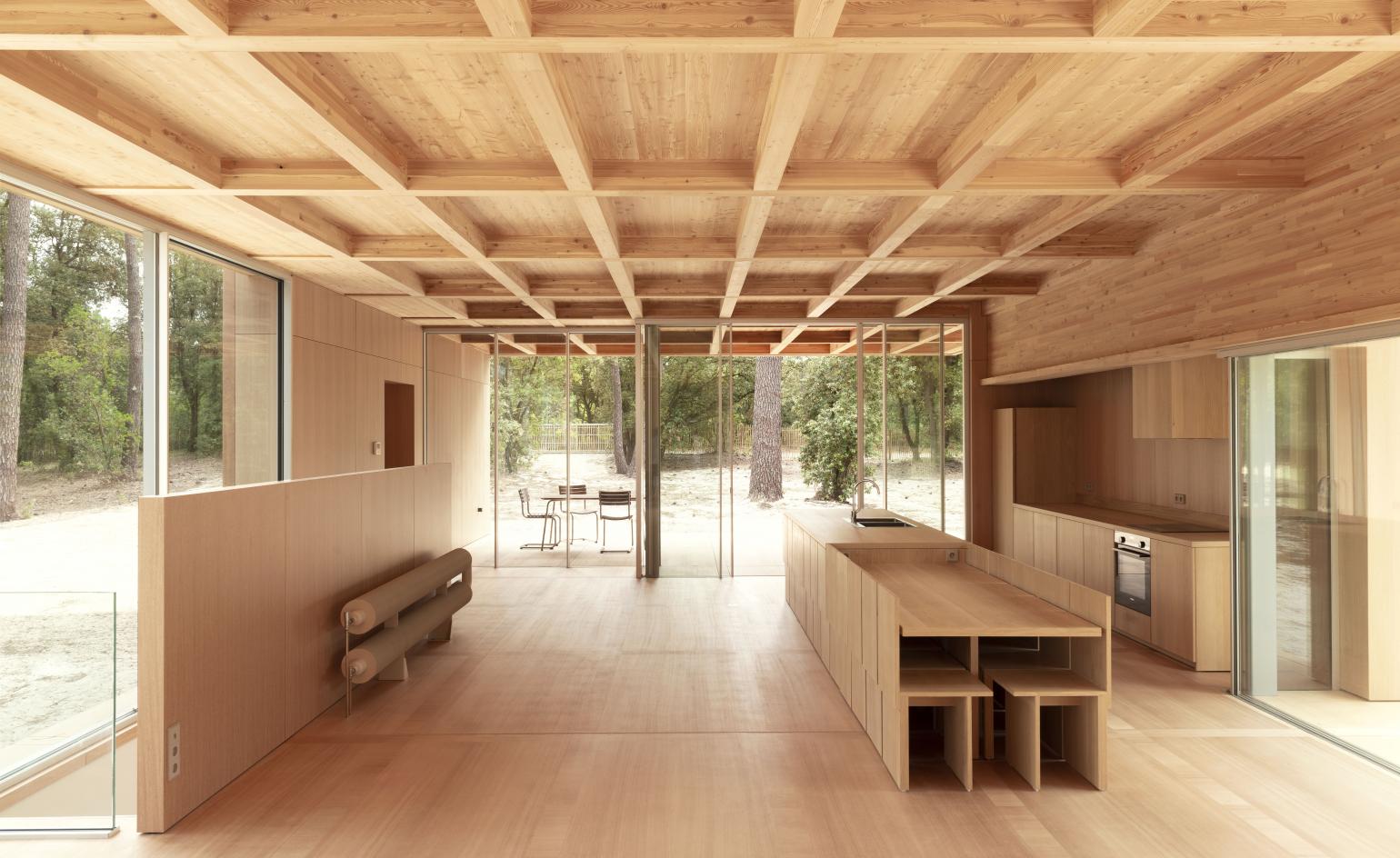
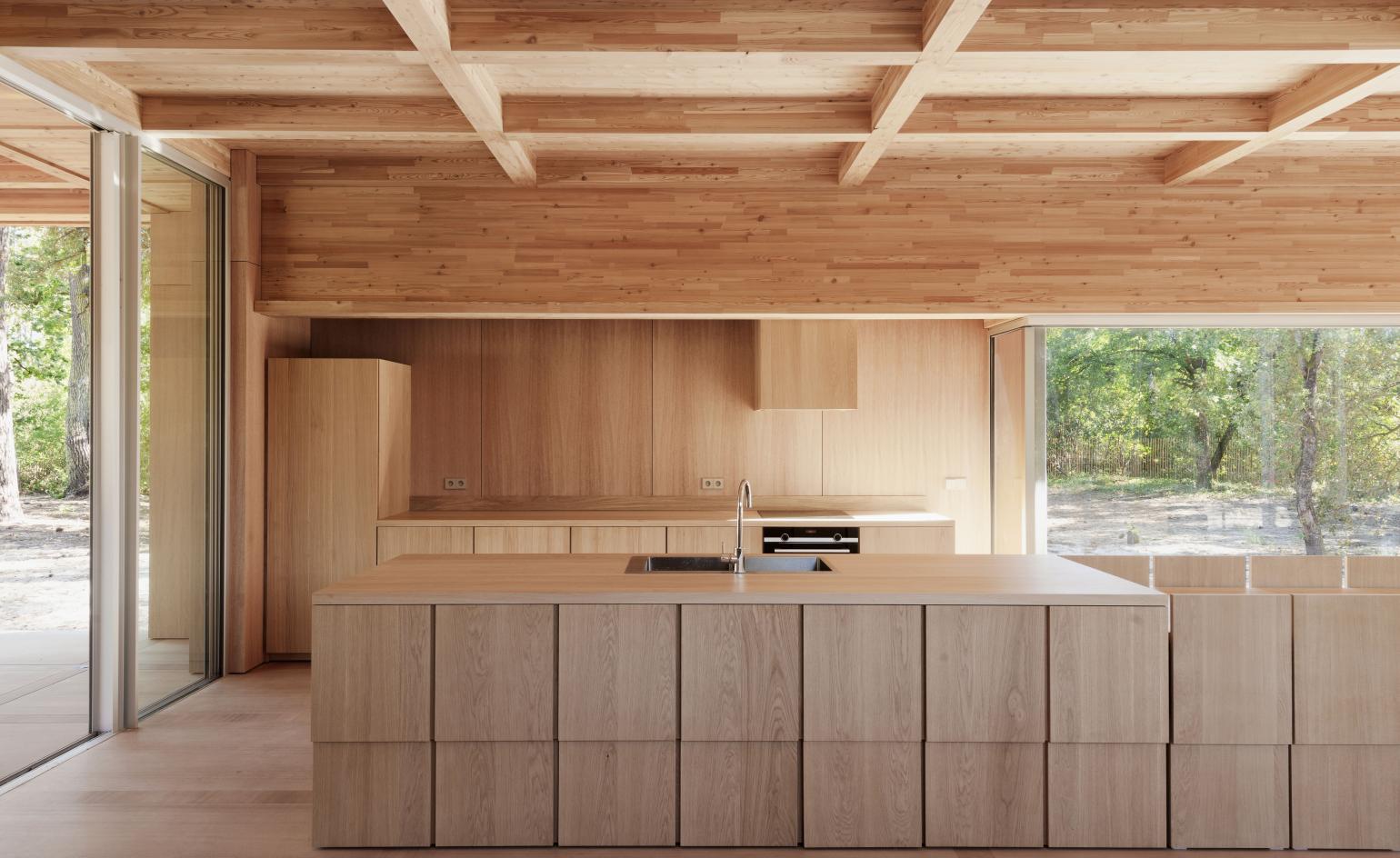

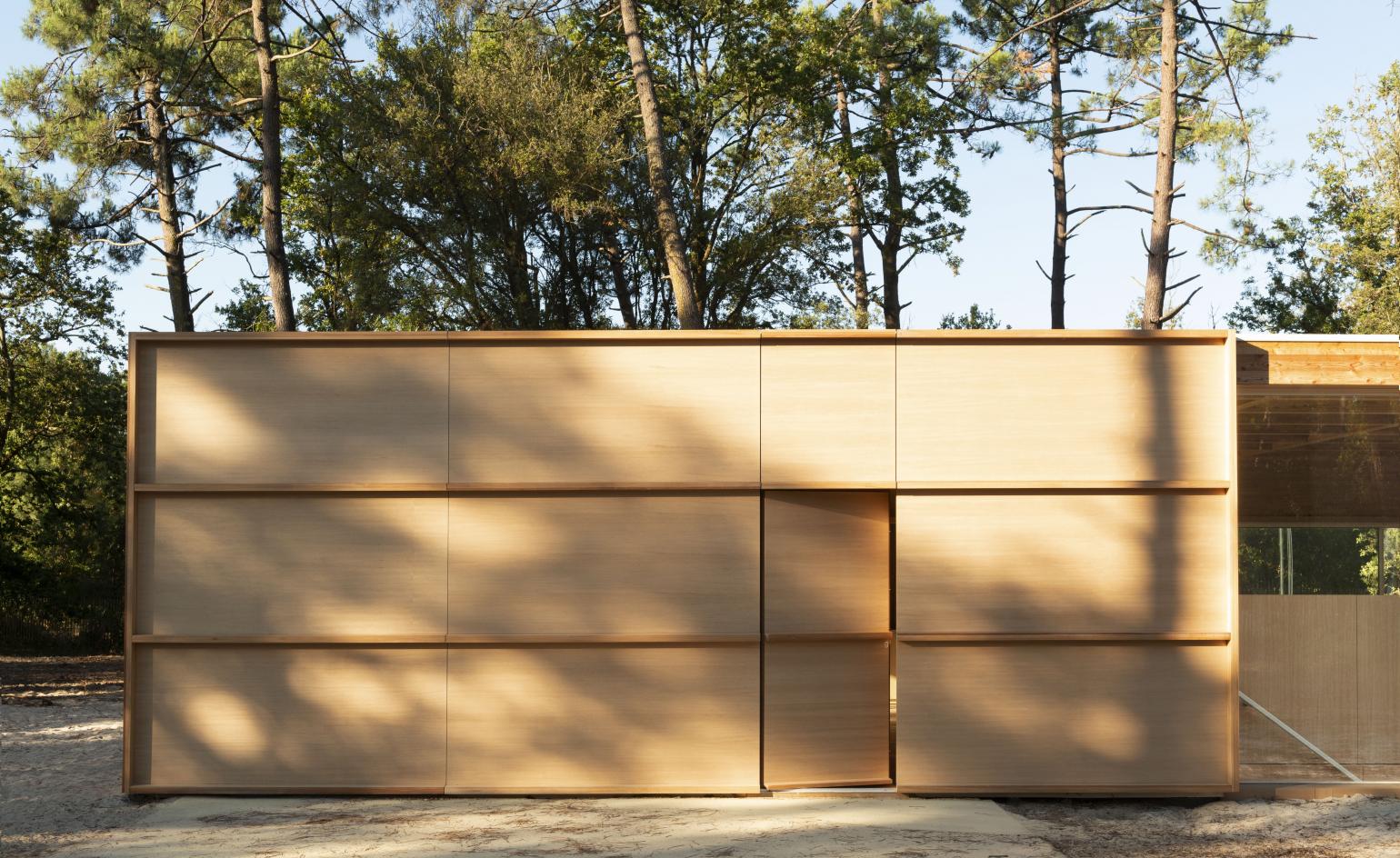
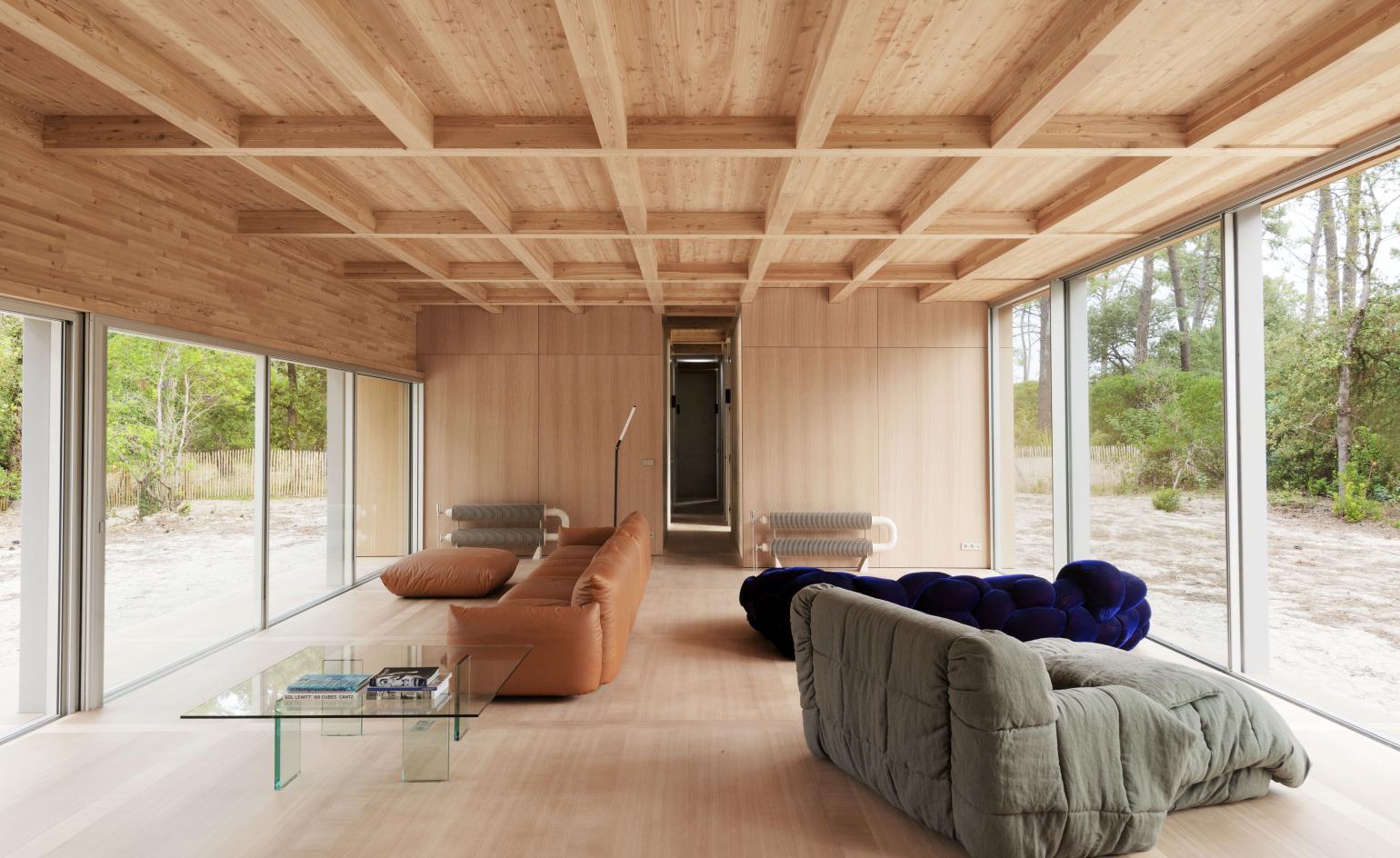
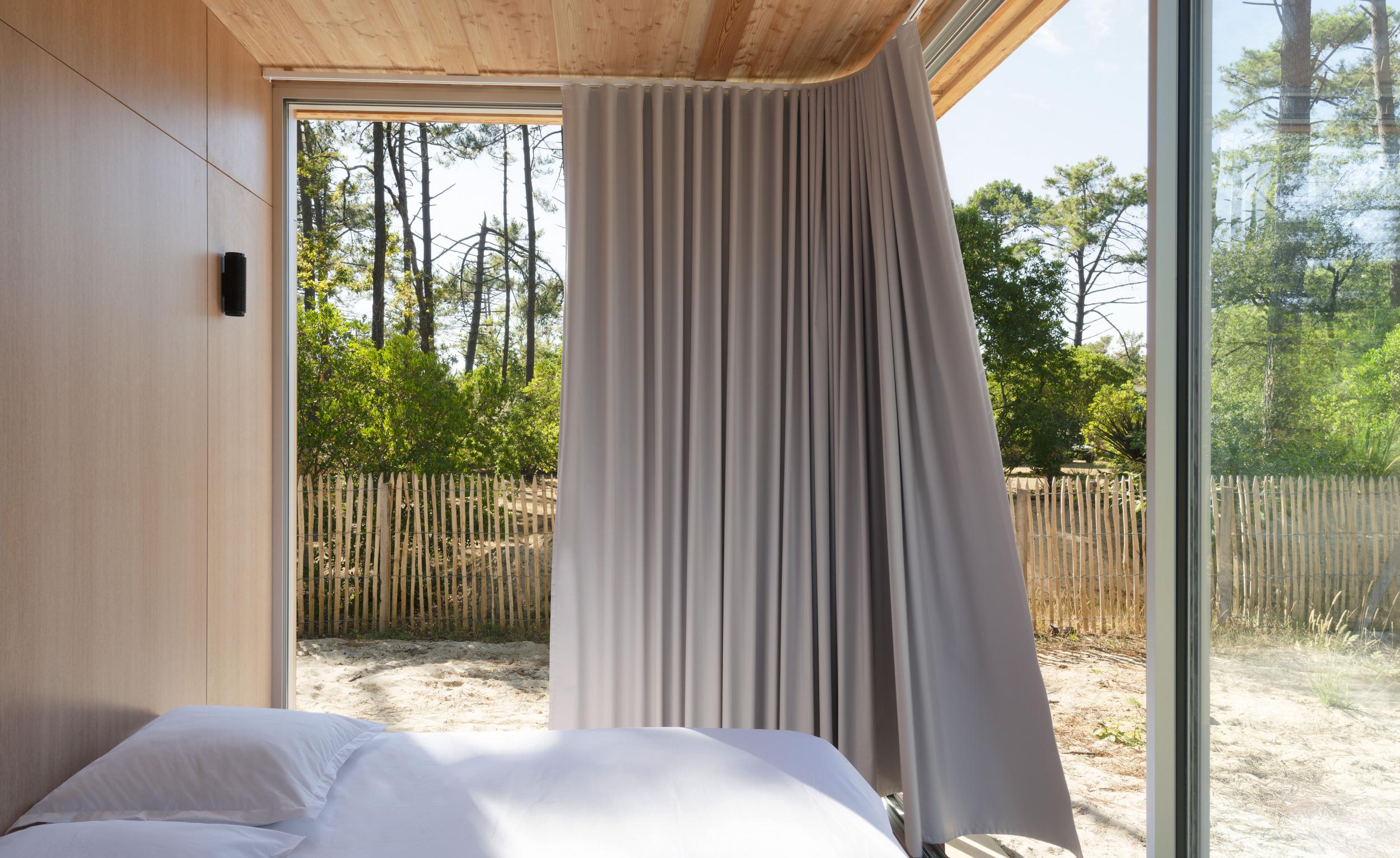
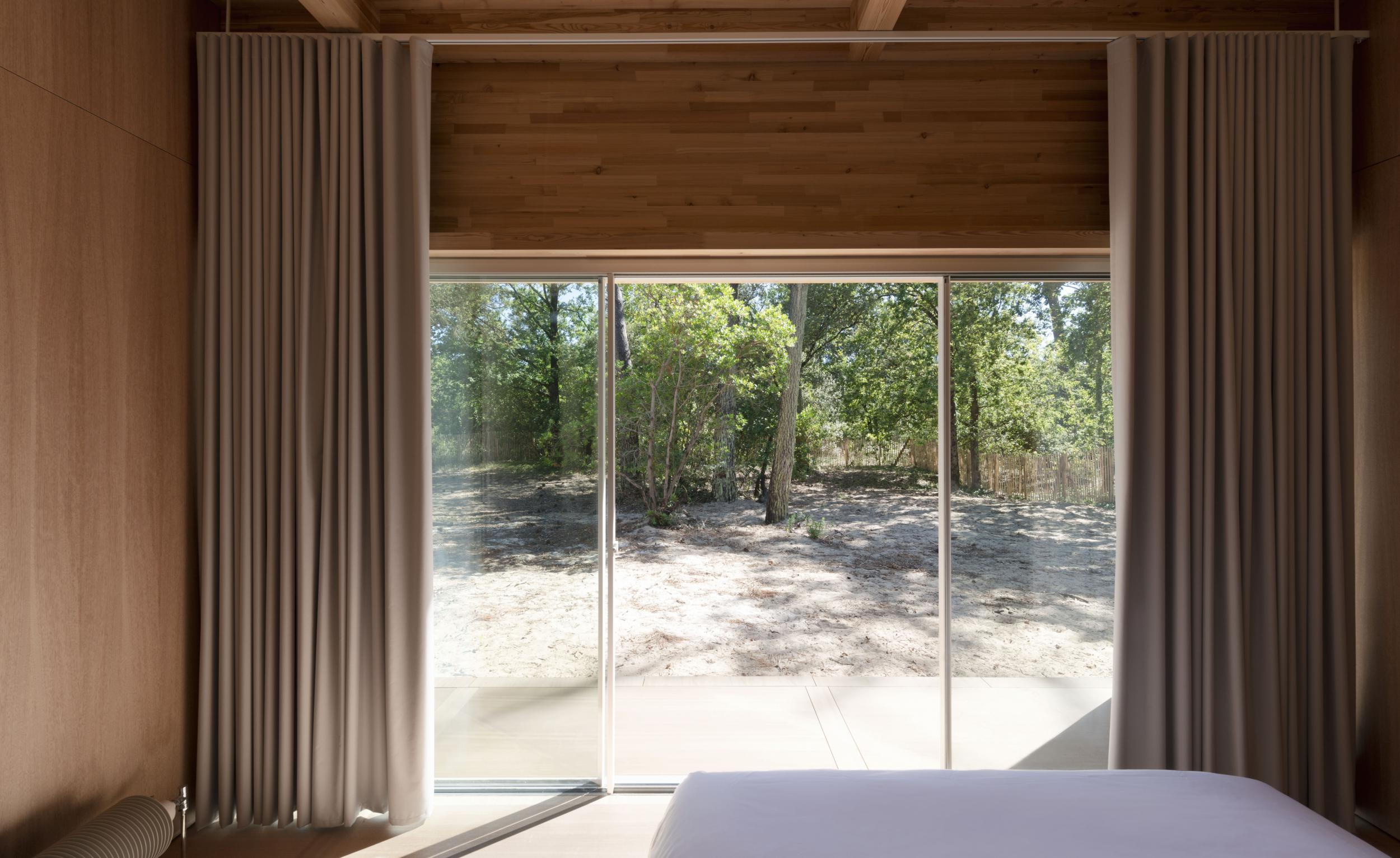
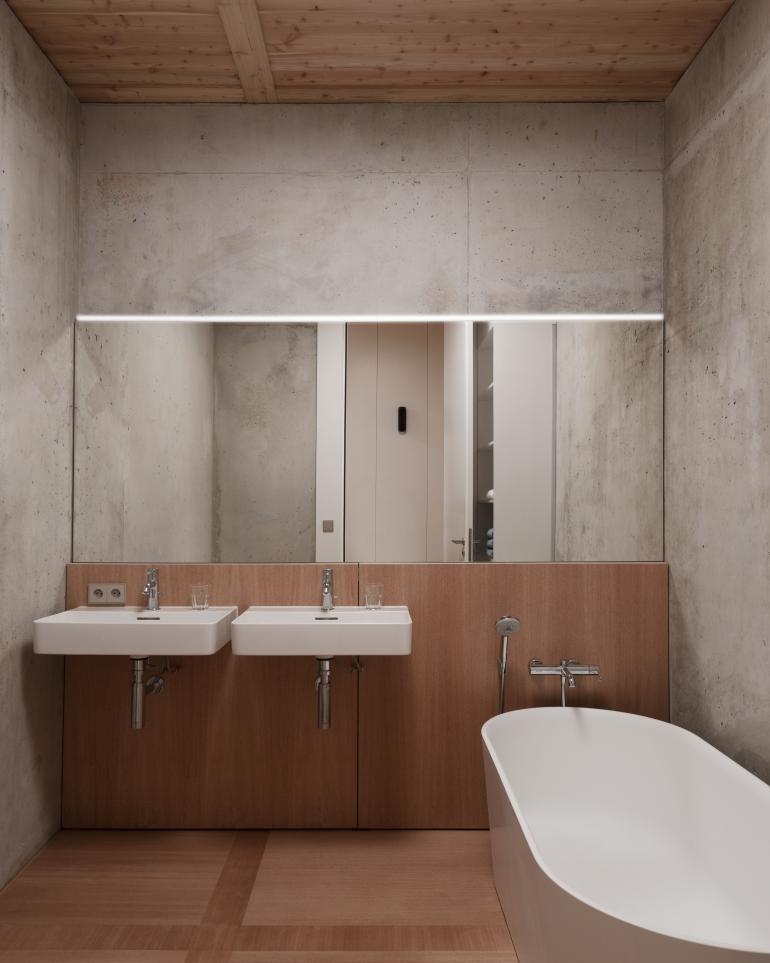
INFORMATION
Wallpaper* Newsletter
Receive our daily digest of inspiration, escapism and design stories from around the world direct to your inbox.
Ellie Stathaki is the Architecture & Environment Director at Wallpaper*. She trained as an architect at the Aristotle University of Thessaloniki in Greece and studied architectural history at the Bartlett in London. Now an established journalist, she has been a member of the Wallpaper* team since 2006, visiting buildings across the globe and interviewing leading architects such as Tadao Ando and Rem Koolhaas. Ellie has also taken part in judging panels, moderated events, curated shows and contributed in books, such as The Contemporary House (Thames & Hudson, 2018), Glenn Sestig Architecture Diary (2020) and House London (2022).
-
 Tour the best contemporary tea houses around the world
Tour the best contemporary tea houses around the worldCelebrate the world’s most unique tea houses, from Melbourne to Stockholm, with a new book by Wallpaper’s Léa Teuscher
By Léa Teuscher
-
 ‘Humour is foundational’: artist Ella Kruglyanskaya on painting as a ‘highly questionable’ pursuit
‘Humour is foundational’: artist Ella Kruglyanskaya on painting as a ‘highly questionable’ pursuitElla Kruglyanskaya’s exhibition, ‘Shadows’ at Thomas Dane Gallery, is the first in a series of three this year, with openings in Basel and New York to follow
By Hannah Silver
-
 Australian bathhouse ‘About Time’ bridges softness and brutalism
Australian bathhouse ‘About Time’ bridges softness and brutalism‘About Time’, an Australian bathhouse designed by Goss Studio, balances brutalist architecture and the softness of natural patina in a Japanese-inspired wellness hub
By Ellie Stathaki
-
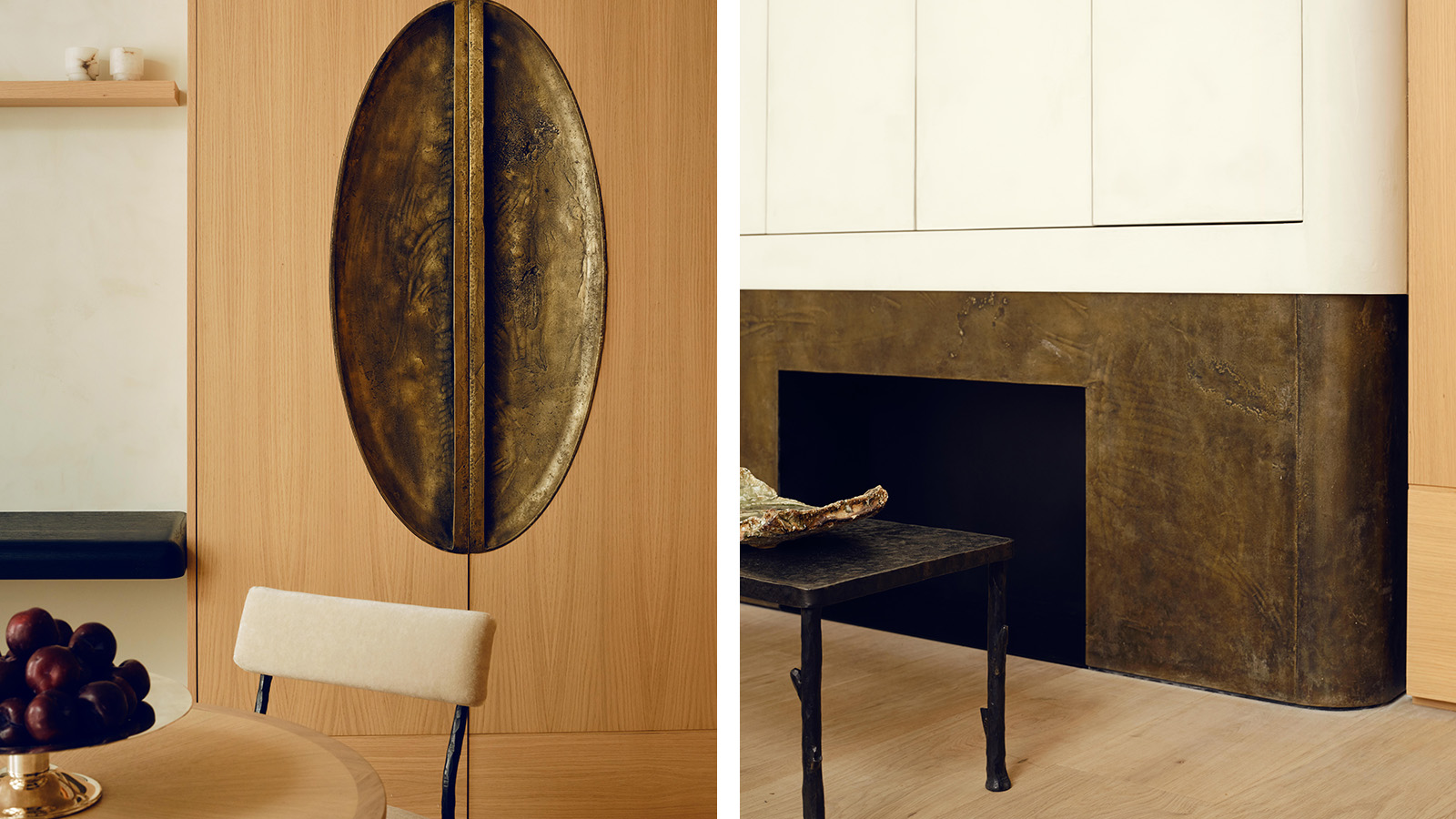 Stay in a Parisian apartment which artfully balances minimalism and warmth
Stay in a Parisian apartment which artfully balances minimalism and warmthTour this pied-a-terre in the 7th arrondissement, designed by Valeriane Lazard
By Ellie Stathaki
-
 Marta Pan and André Wogenscky's legacy is alive through their modernist home in France
Marta Pan and André Wogenscky's legacy is alive through their modernist home in FranceFondation Marta Pan – André Wogenscky: how a creative couple’s sculptural masterpiece in France keeps its authors’ legacy alive
By Adam Štěch
-
 Paris’ architecturally fascinating Villejuif-Gustave Roussy metro station is now open
Paris’ architecturally fascinating Villejuif-Gustave Roussy metro station is now openVillejuif-Gustave Roussy is part of the new Grand Paris Express, a transport network that will raise the architectural profile of the Paris suburbs
By Anna Solomon
-
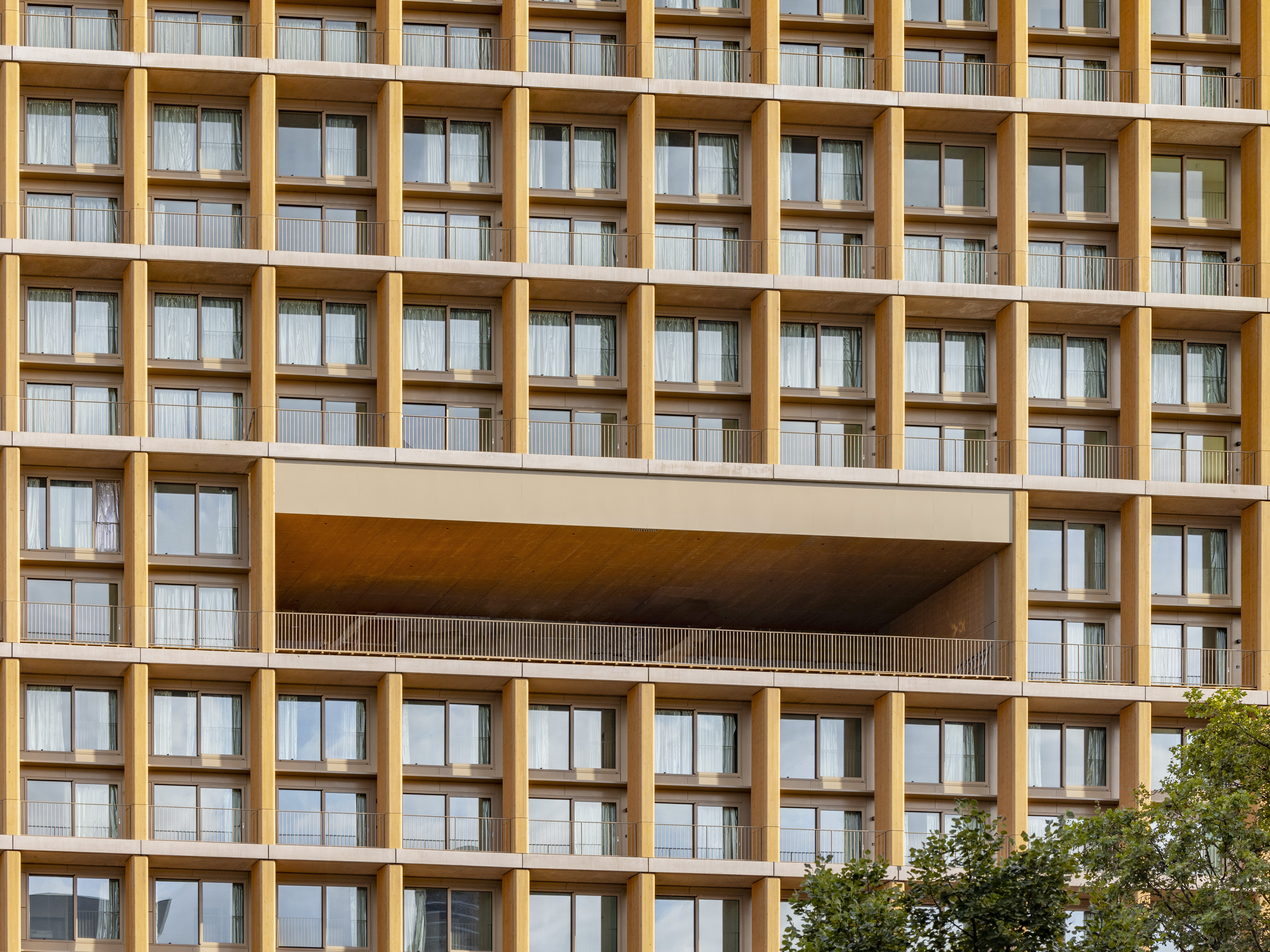 Explore wood architecture, Paris' new timber tower and how to make sustainable construction look ‘iconic’
Explore wood architecture, Paris' new timber tower and how to make sustainable construction look ‘iconic’A new timber tower brings wood architecture into sharp focus in Paris and highlights ways to craft buildings that are both sustainable and look great: we spoke to project architects LAN, and explore the genre through further examples
By Amy Serafin
-
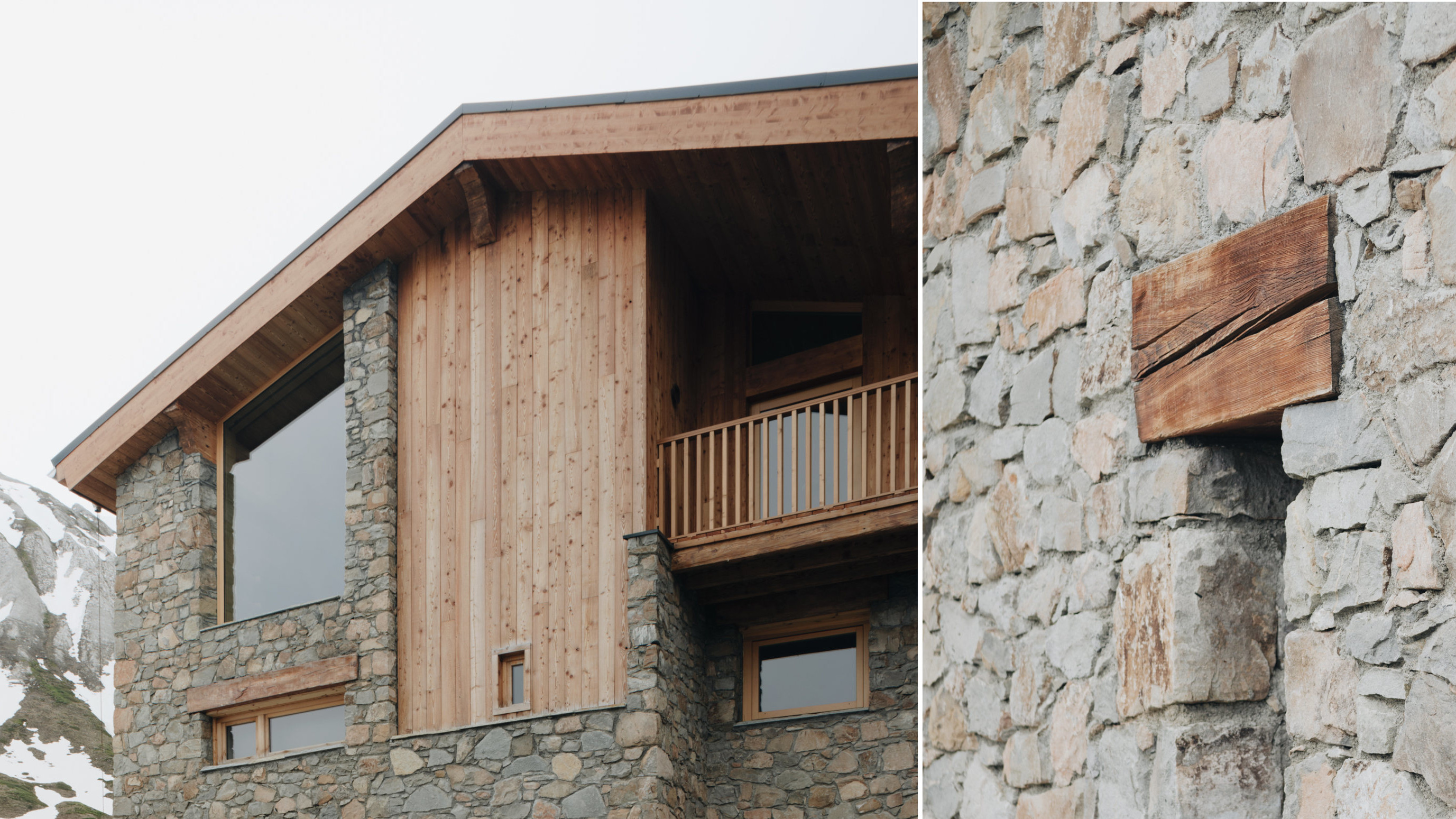 A transformed chalet by Studio Razavi redesigns an existing structure into a well-crafted Alpine retreat
A transformed chalet by Studio Razavi redesigns an existing structure into a well-crafted Alpine retreatThis overhauled chalet in the French Alps blends traditional forms with a highly bespoke interior
By Jonathan Bell
-
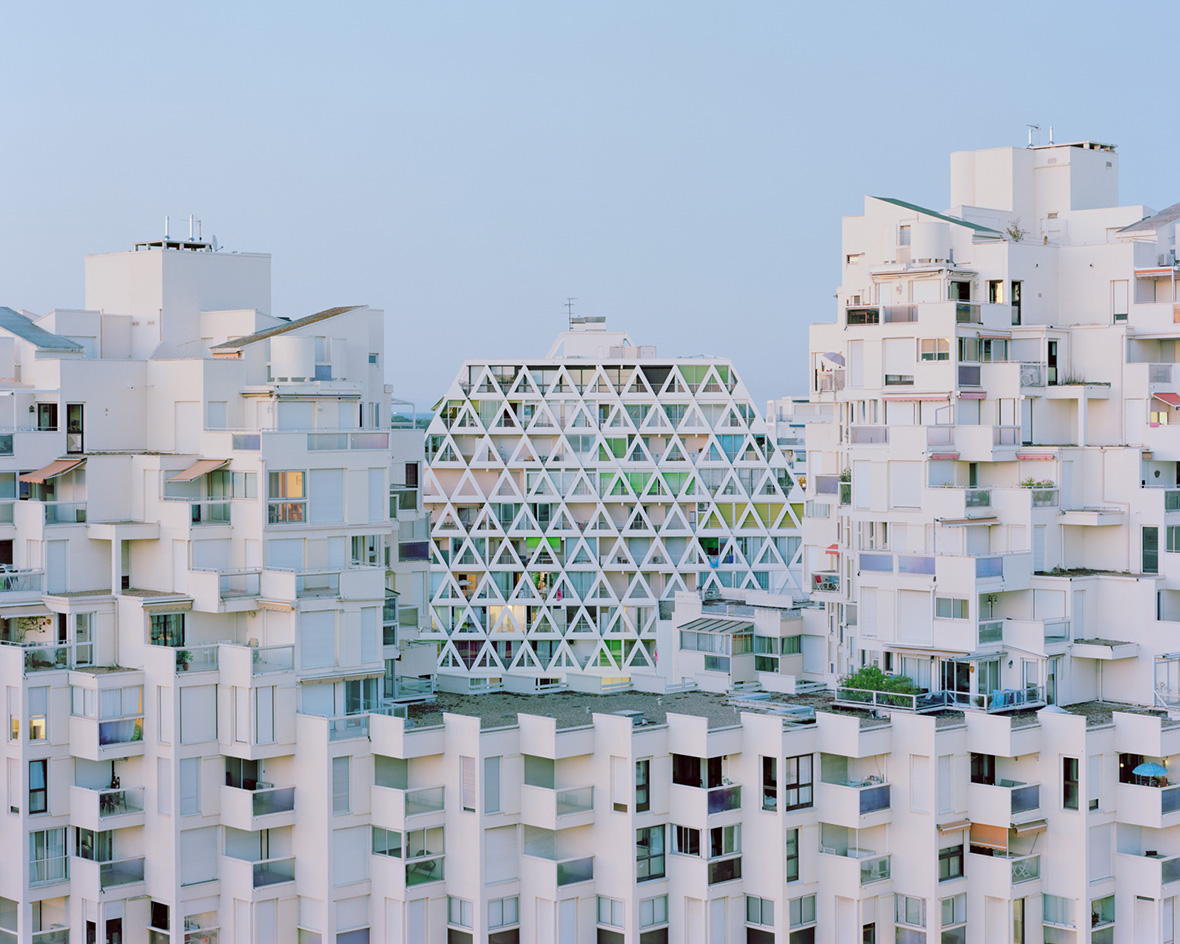 La Grande Motte: touring the 20th-century modernist dream of a French paradise resort
La Grande Motte: touring the 20th-century modernist dream of a French paradise resortLa Grande Motte and its utopian modernist dreams, as seen through the lens of photographers Laurent Kronental and Charly Broyez, who spectacularly captured the 20th-century resort community in the south of France
By Ellie Stathaki
-
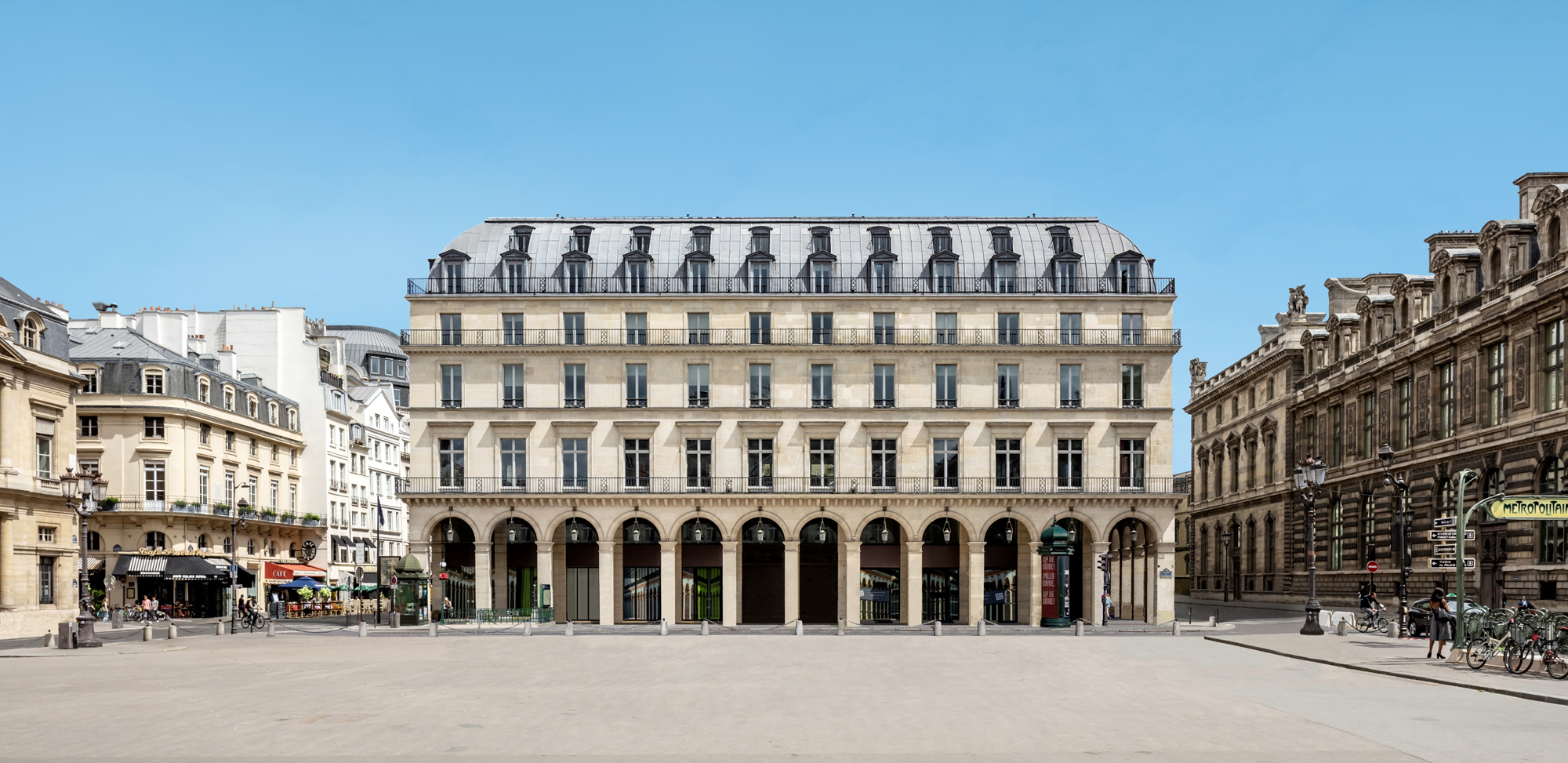 Fondation Cartier pour l’art contemporain unveils plans for new Jean Nouvel building
Fondation Cartier pour l’art contemporain unveils plans for new Jean Nouvel buildingFondation Cartier pour l’art contemporain has plans for a new building in Paris, working with architect Jean Nouvel
By Ellie Stathaki
-
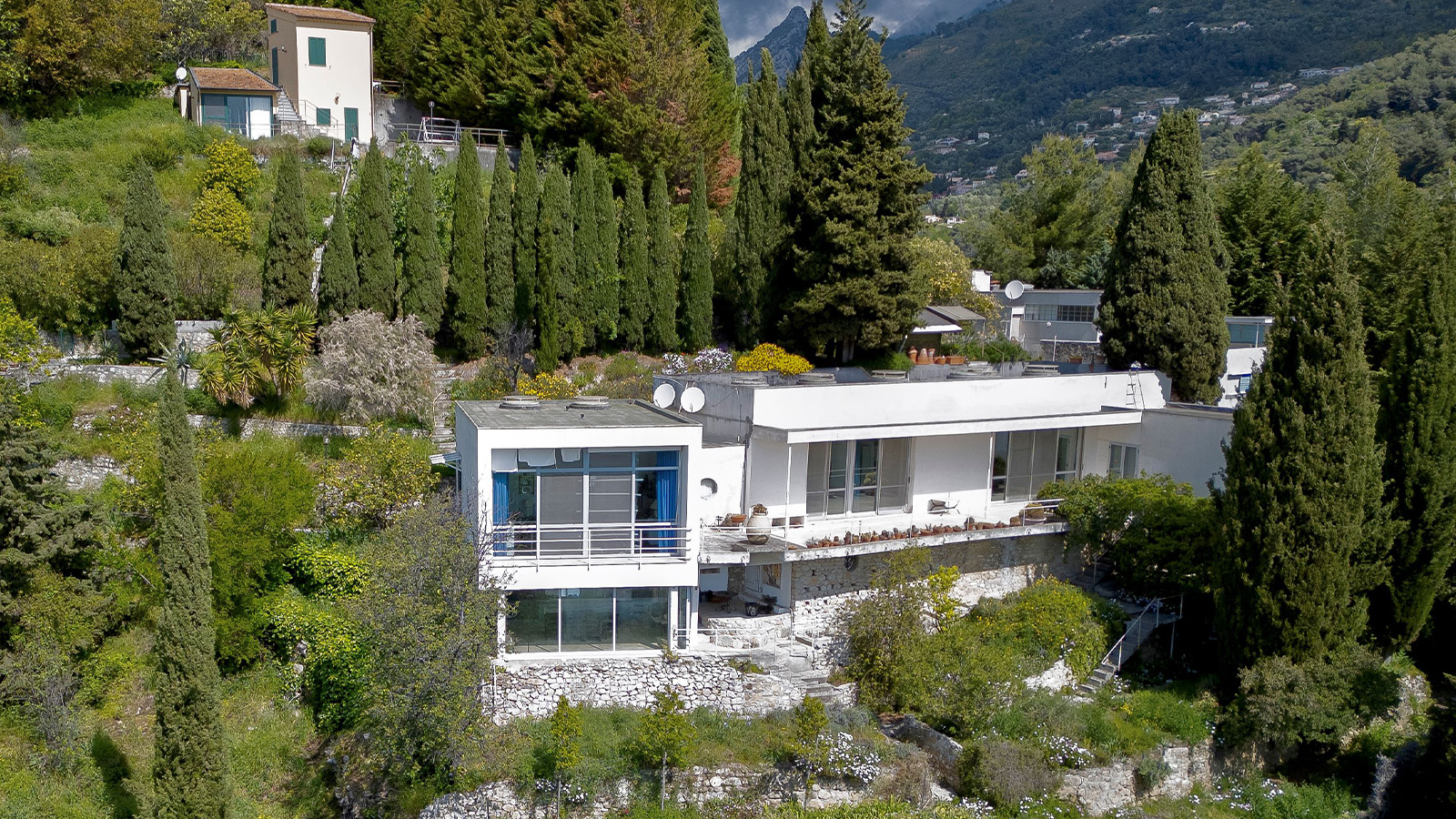 Discover Tempe à Pailla, a lesser-known Eileen Gray gem nestled in the French Riviera
Discover Tempe à Pailla, a lesser-known Eileen Gray gem nestled in the French RivieraTempe à Pailla is a modernist villa in the French Riviera brimming with history, originally designed by architect Eileen Gray and extended by late British painter Graham Sutherland
By Tianna Williams